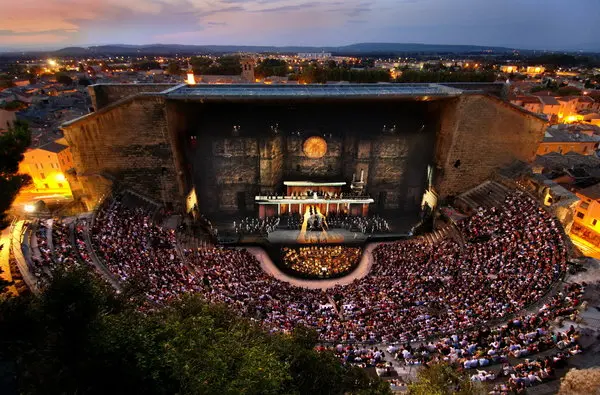preahvihearhotel.com – As the summer breeze wafts through the air, carrying with it the scent of blooming flowers and the promise of warm, languid evenings, a cherished tradition unfolds in cities and towns across the globe. Opera in the open air, a spectacle that marries the grandeur of classical music with the serene beauty of nature, has become a hallmark of summer concert traditions. This article delves into the enchanting world of open-air opera, exploring its history, allure, and the unique experiences it offers to both seasoned aficionados and newcomers alike.
The Origins of Open-Air Opera
The concept of performing opera outdoors is not a new one. It dates back to ancient Greece, where theatrical performances, including music and drama, were staged in open-air theaters. These venues, such as the Theater of Epidaurus, were architectural marvels, designed to amplify the performers’ voices and ensure that every spectator could hear and see the action clearly.
In more recent history, the tradition of open-air opera was revived and popularized in the late 19th and early 20th centuries. One of the most famous open-air opera venues is the Baths of Caracalla in Rome, where the opera season has been held since 1937. This venue, with its ancient ruins providing a dramatic backdrop, epitomizes the romantic and historical setting that has become synonymous with open-air opera.
The Allure of Open-Air Opera
There is something inherently magical about experiencing opera under the stars. The natural acoustics of open-air venues, combined with the absence of the usual opera house formality, create an atmosphere that is both intimate and exhilarating. The setting sun, the twinkling stars, and the gentle rustle of leaves add to the sensory experience, making each performance unique and memorable.
Moreover, open-air opera performances often feature a wide range of repertoire, from well-known classics to lesser-known gems. This variety not only caters to the tastes of different audiences but also introduces newcomers to the diverse world of opera. The relaxed setting encourages a more casual approach to attending performances, making opera more accessible to those who might be intimidated by the traditional opera house experience.
Unique Experiences
Open-air opera venues are as diverse as the performances themselves. From the historic Baths of Caracalla to the natural amphitheaters of the Hollywood Bowl in Los Angeles, each location offers a different perspective on the opera experience. Some venues, like the Glyndebourne Festival Opera in the UK, have even embraced modernity by offering drive-in performances during times when social distancing is necessary.
These performances are often accompanied by pre-show picnics, post-show fireworks, and other entertainment, turning the evening into a full-fledged event. The communal aspect of open-air opera, where audiences share not only the performance but also the beauty of the setting and the joy of the occasion, is a significant part of its appeal.
Conclusion
Opera in the open air is more than just a concert; it is a celebration of music, nature, and community. It offers a unique opportunity to experience the power and emotion of opera in a setting that enhances every note and every gesture. Whether one is a lifelong fan or a curious newcomer, an open-air opera performance promises an evening of enchantment, a reminder of the enduring beauty of this art form, and a tradition that continues to captivate audiences around the world.
As the sun sets on another summer day, the stage is set for an unforgettable night of music and magic. Opera in the open air, with its rich history and timeless appeal, remains a cherished tradition, a testament to the enduring power of music to bring people together and create moments of pure joy.
